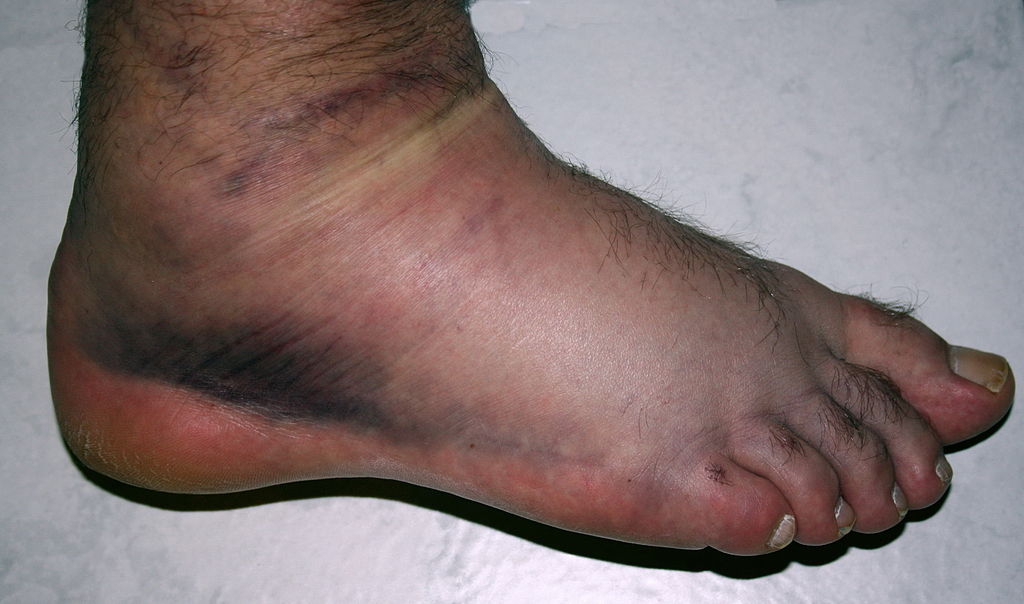Direct and indirect are two (2) classifications for a sports injury. In classifying sports injuries they can be either direct or indirect in their classification, never both.
Direct injury
A direct injury is an injury sustained at the site of external force e.g.) hit by a ball, bat, person. These are very common injuries in sport. Often then are bruises, broken bones, dislocations, abrasions, and blisters. In fact, blisters and abrasions are always direct injuries and bruises are frequently caused by direct external forces.
An example is a bruised leg from a cricket ball or a black eye from being punched during a boxing match.
Indirect injury
An indirect injury is an injury sustained from an internal force e.g.) pulled hamstring, sprained ankle. Internal forces are often generated by muscles, but includes forces transferred from the outside e.g.) fall onto your arm, but injury your shoulder. Sprains and strains are always classified as indirect injuries as an external force does not cause tears in ligaments or muscles. Other common indirect injuries are: dislocations and breaks.
An example is a dislocated shoulder after falling on your arm, or rolling your ankle causing a sprain.
Direct and indirect two conflicting ways for causing injury and cause is one method of classification.

